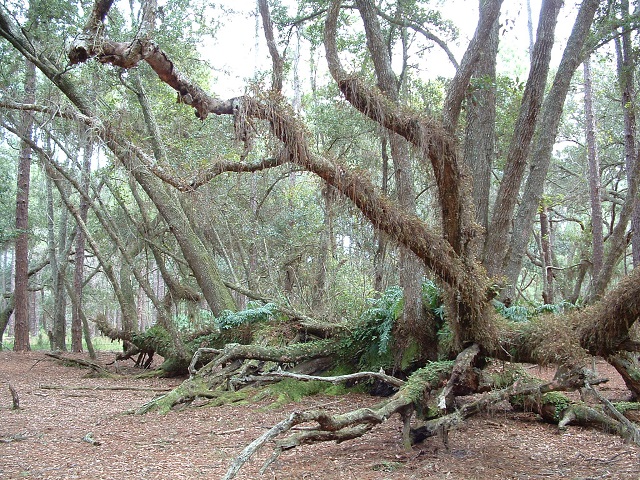Clapp Simms Duda Rd., Orlando, 32832
(407) 254-6840
Daily, 1/2 hour before sunrise to 1/2 hour after sunset
Website

Acquired in 1994 as mitigation for development in Central Florida, this wild property was purchased to protect upland habitats crucial for Gopher Tortoises. Birding this site requires some time and hiking; there are more than 9 miles of trails here. To start, head south from the entrance, across the improved pasture and into the oak hammock, looking and listening for Wild Turkeys, Northern Bobwhites and Yellow-throated Warblers. The southeast corner of the property is particularly good for migrants in fall. The south loop also has a sawgrass marsh with a viewing platform; look for Sandhill Cranes here. Walk due east from the parking area into the scrubby oaks which can be productive during migration. The north and northeastern edges of the property are bordered by wetlands where wading birds flourish (check Lake Bonnett’s viewing platform for ducks as well). The flatwoods shelter Bachman’s Sparrows, Brown-headed Nuthatches and Eastern Towhees. Pick up a map before hiking the property, and bring water. The property is also accessible from the east side, via Moss Park, at times of low water. From Moss Park, hike southwest on the Swamp Trail. This access is the most convenient if your goal is to see Split Oak’s namesake tree, which grows in the northeast corner of the property. Butterfly surveys have documented Mallow Scrub Hairstreak, along with more common species like Barred Yellow, Fiery Skipper, Whirlabout and Ocola Skipper. Dogs are not allowed at this site.

